Comparison of the phenomenon of BlockBims Bims Element and Water Trapping and Blowing Water of Brick Element
The water retention phenomenon is an important factor in the masonry units used as wall elements in building thermal insulation. Generally, the masonry units, which have low water content in their bodies or that can get water or moisture out of the environment in a short time, are considered as materials which are very important for thermal insulation. For this purpose, two different masonry unit elements (Blokbims and Bricks) were exposed to open surface exposure conditions at the place of use of water and moisture in their bodies and their characteristics were removed by a series of analysis. In these analyzes;
Table 1. Time dependent water absorption characteristics of structural elements.
| Blokbims | Brick | ||
| Time | Water Absorption | Water Absorption | |
| ( hour ) | ( minute ) | ( % ) | ( % ) |
| 0,1 | 5 | 1,21 | 1,11 |
| 0,3 | 15 | 1,77 | 1,57 |
| 0,5 | 30 | 2,23 | 1,98 |
| 1,0 | 60 | 3,03 | 2,33 |
| 2,0 | 120 | 4,16 | 2,98 |
| 6,0 | 360 | 5,53 | 3,89 |
| 12,0 | 720 | 6,92 | 4,86 |
| 18,0 | 1080 | 9,67 | 6,97 |
| 24,0 | 1440 | 13,54 | 9,39 |
| 30,0 | 1800 | 16,72 | 12,56 |
| 36,0 | 2160 | 17,83 | 14,66 |
| 42,0 | 2520 | 18,71 | 15,87 |
| 48,0 | 2880 | 19,74 | 17,21 |
| 60,0 | 3600 | 22,36 | 18,24 |
| 72,0 | 4320 | 23,22 | 18,45 |
| 84,0 | 5040 | 23,74 | 18,97 |
| 96,0 | 5760 | 23,84 | 19,26 |
Table 2. Time dependent water throwing characteristics of building elements.
| Blokbims | Brick | ||
| Time | Throwing Water | Throwing Water | |
| ( hour ) | ( minute ) | ( % ) | ( % ) |
| 0,1 | 5 | 1,93 | 0,38 |
| 0,3 | 15 | 2,67 | 0,52 |
| 0,5 | 30 | 3,89 | 0,73 |
| 1,0 | 60 | 4,56 | 0,91 |
| 2,0 | 120 | 5,74 | 1,05 |
| 6,0 | 360 | 6,82 | 1,22 |
| 12,0 | 720 | 7,91 | 1,45 |
| 18,0 | 1080 | 8,77 | 1,78 |
| 24,0 | 1440 | 9,14 | 1,96 |
| 30,0 | 1800 | 12,48 | 2,06 |
| 36,0 | 2160 | 13,51 | 2,35 |
| 42,0 | 2520 | 14,88 | 2,58 |
| 48,0 | 2880 | 15,43 | 2,98 |
| 60,0 | 3600 | 15,94 | 3,44 |
| 72,0 | 4320 | 16,27 | 3,85 |
| 84,0 | 5040 | 16,92 | 4,27 |
| 96,0 | 5760 | 17,14 | 5,01 |
As can be seen from Table 1, the Blokbims element was saturated with water for approximately 96 hours and a maximum absorption rate of 23.84% was observed. In addition, it was observed that the brick material had a water absorption percentage of 19.26% in the same period. However, it was determined that these materials, which absorbed water to the body, were allowed to dry spontaneously in the natural environment without any drying, and that Blokbims element exhibited a fast drying phenomenon in a short period of time. In the brick element, it was observed that the water was retained within the body for a very long time and the drying phenomenon could be realized in a very long time period. As can be seen from Table 2, the Blokbims element was seen to throw the water of 17.14% in a period of about 96 hours, while the brick material at the same time period reached a water discharge percentage of 5.01%.
This phenomenon, when used as a wall-building element in the construction of such materials, is thought to be saturated due to the fact that the outer surfaces are not plastered and the outer and / or lower surfaces are exposed to continuous water, they may become saturated depending on the time of exposure to water. represents the water. As it is known, it is undesirable for the materials to keep water in long periods of time in terms of thermal insulation. When evaluated in this context, it is inevitable that the building water insulation values of the brick materials will negatively affect the thermal insulation of the building.


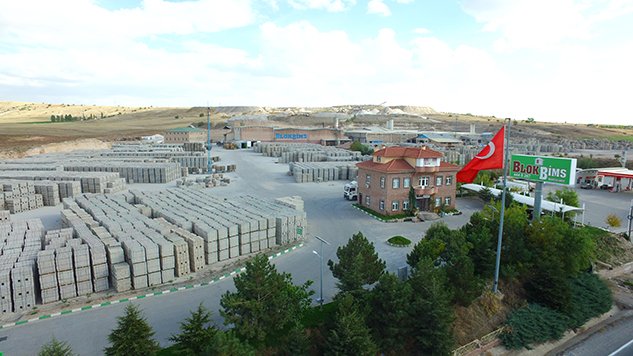
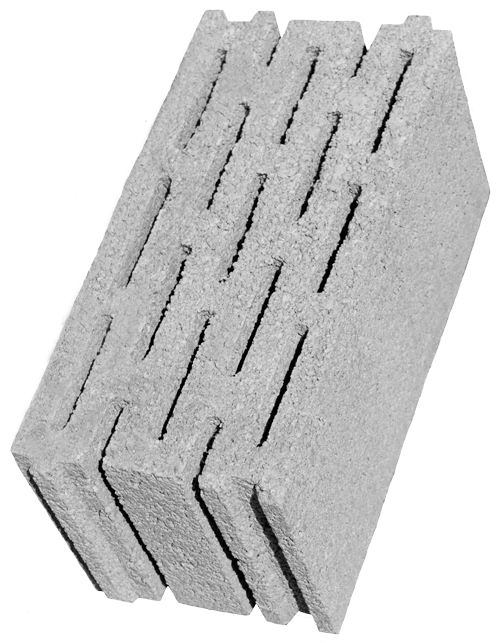
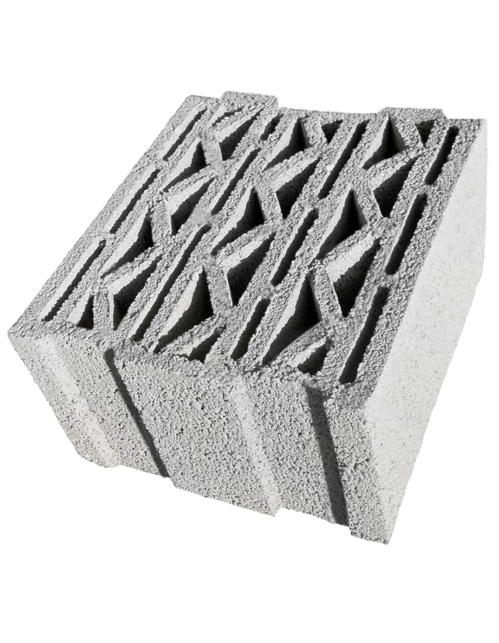
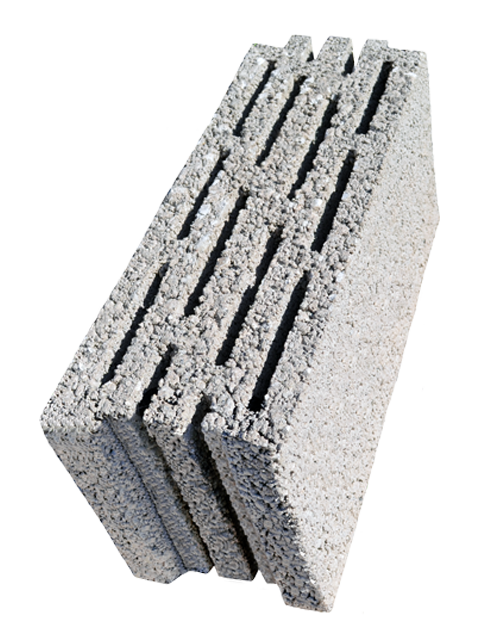
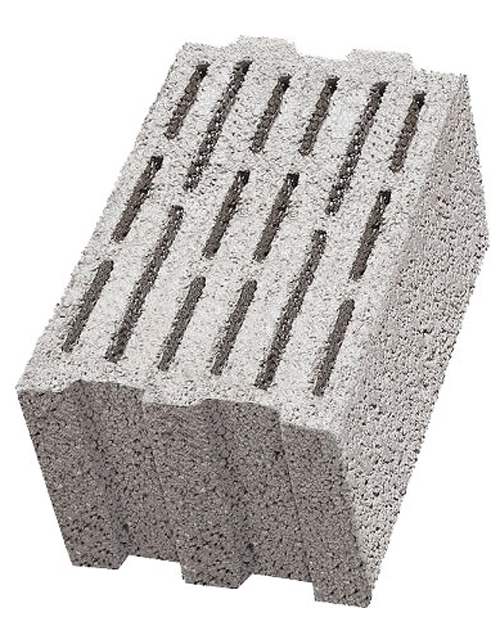
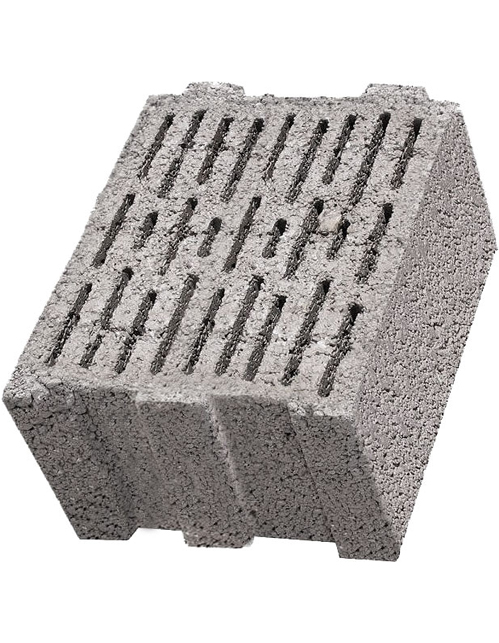
 organization. All rights reserved.
organization. All rights reserved.